16 Mar
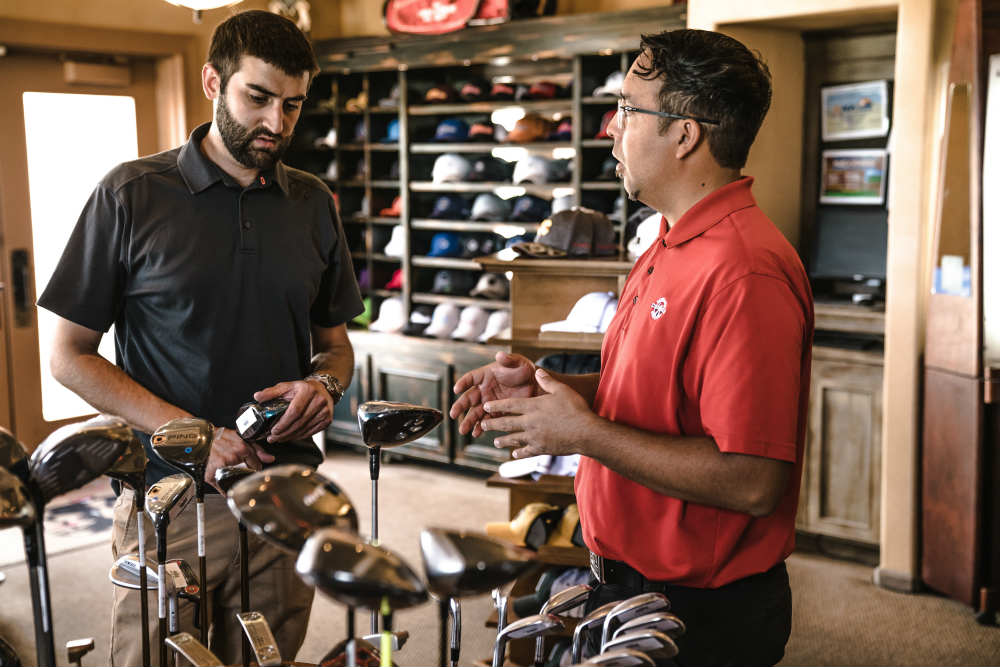
If you’re a marketer who has probably tried several ways to increase conversions, good on you but have you considered the conventional snail mail? Yes, we’re talking about sales letters! In this article, we’ll teach you some tips on how to write a sales letter that sells. And because we believe that reading a sales letter example or two can help, we’ve handpicked some of the best ones in history.
What is a Sales Letter?
First off, let’s define what a sales letter is. A sales letter is typically a letter sent through direct mail to a prospect. The sales letter’s primary goal is to lead the prospect down the sales funnel and, as much as possible, urge them to convert.
Companies send sales letters when they are:
- Launching a new product
- Selling a particular product or service to quality prospects
- Selling products that are of high value
- Confident that the prospect is committed to converting
Unlike sending catalogs, sales letters are mostly text-centric. That means the senders rely on good copywriting to engage, ignite, and convert leads. For the most part, a sales letter, or correspondence letter, doesn’t contain graphics.
These letters also target a specific person or a group of decision-makers in a company. And although email sales letters are prevalent nowadays, sending a direct-mail sales letter is still widely used.
Ultimately, a company aims to get as much revenue from the sales letter. Before we show you the best sales letter examples, here’s what you should include in your letter.
5 Elements of an Effective Sales Letter

1. Compelling Headline
While trashed emails are called spam emails, letters sent via direct mail are also called junk mail. And this is what will happen if you don’t make your headline compelling. Put yourself in the recipient’s shoes and figure out why you would want to read a sales letter. Create value, provide mystery, include humor, evoke emotion — anything that gets their attention is a surefire way to make them read the letter.
2. Body
In the sales letter’s body, make sure to include relevant information. First, introduce your company, years in the business, and new products or services you’re launching. Some brands even go as far as including a little story to pique the reader’s interest. Whatever you do, always create a sense of curiosity for the readers so they’ll want to learn more.
This is also where you can explain both the features and benefits. Start with the features first, then position the benefits according to your readers’ pain points. Incorporate emotional benefits as much as possible.
3. Social Proof
Social proof always adds an ounce of credibility to your proposition. Include testimonials, awards, celebrity endorsements, company milestones, or anything that builds your brand’s reputation.
4. Call to Action
Whether you want your readers to buy your product, schedule a demo, or subscribe to a trial period, ending with a call to action will bring you closer to your goals. Be clear and definitive with what you want them to do next.
5. Postscript
In some cases, sales letters end in postscripts to emphasize the call to action again. Some companies also strategically use urgency in their postscripts. Additionally, you may offer special discounts, combined with a limited time offer, so readers act immediately.
Why You Need to Use the Right Language
If you analyze some of the sales letter examples, you’ll notice all of them have a casual tone. The communication is mostly conversational, with a dash of storytelling. It’s safe to say writing a formal sales letter will rarely generate conversions.
Consequently, it’s best to avoid using jargon in your sales letter. To some, business jargon is unnecessary. It’s an ineffective ploy to impress readers that somehow boomerangs negatively on the sender.
Don’t write your sales letter as if you’re writing a business contract. Avoid using medieval words and formalisms such as hereafter, therewith, thereof, whereof, foregoing, hereby, abovementioned, among others.
Communicate in the most definite way possible and replace technical terms with easier ones. Write the letter as if you’re talking to a friend in a casual setting.
Why Do Companies Send Sales Letters
Companies write and send sales letters for a myriad of objectives. It could be to make recipients purchase their new product or service. Another reason could be letting prospects try out their new products or services. Overall, sales letters have proven to increase conversion rates, and here are a few reasons why big names in the market still use them today:
- Cost-efficient. Compared to conventional advertising, sales letters are more budget-friendly.
- Quality targets. Some companies mostly do a background check on their sales letter recipients. That said, sending out these letters ensures that companies are sending to quality leads.
- Convenient. While a salesperson can do a bang-up job of explaining a business’s product or service, sales letters are convenient ways to highlight the features and benefits of a product or service in one to two pages.
- Far-reaching. There is no place in the world where a courier can’t deliver. Likewise, there is no way a sales letter won’t reach targets even in far-flung areas.
- Effective. Sending a sales letter to specific people can make them feel special. This strengthens brand affinity and garners more support from readers.
6 Best Sales Letter Examples of All Time
1. GreenClean
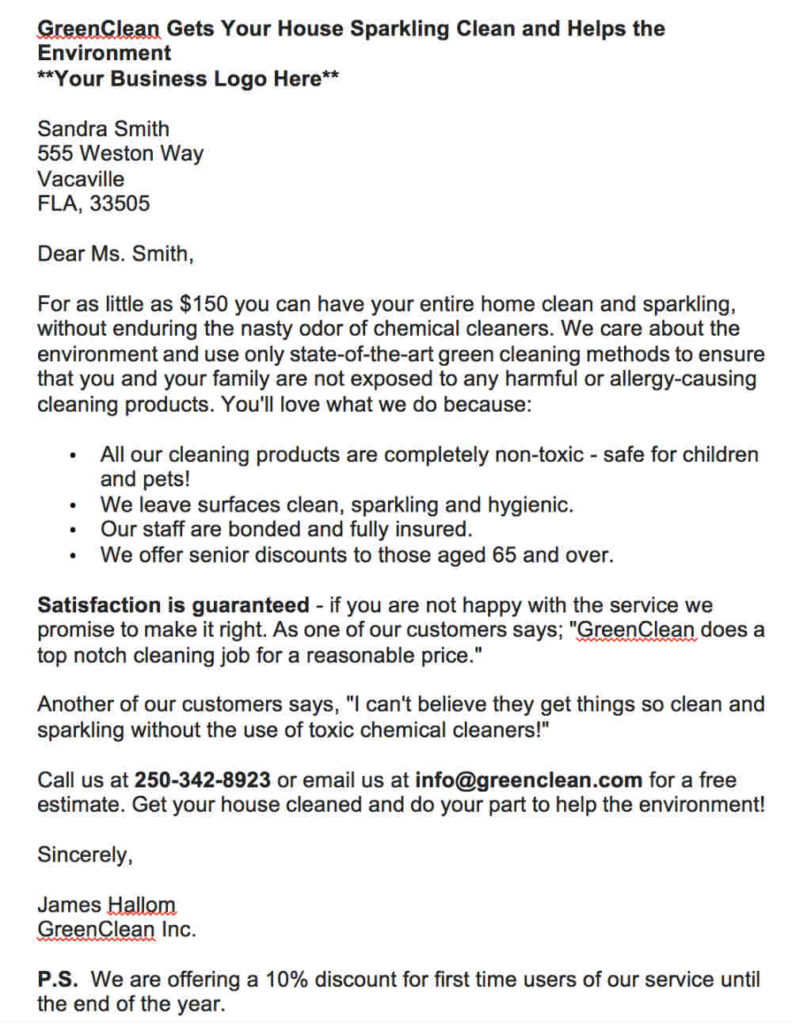
There are three takeaways readers instantly get when looking at GreenClean’s sales letter example. One is they get the job done. Secondly, they do it in an environmentally-friendly way. Lastly, they bank on affordability. All these points are in the first part of the letter, which wills customers to read more.
2. American Express
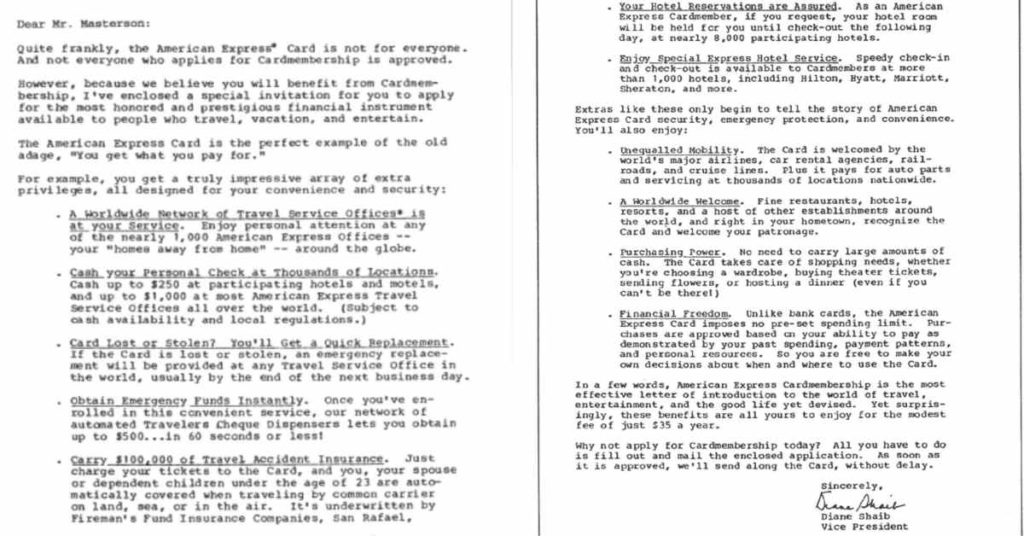
American Express heightens the client’s interest by showering them with a compliment that says, “…not everyone who applies for a Card Membership is approved.” Plus, the bullet points enumerating the features + benefits provide structure and digestible information.
3. Cooking Light
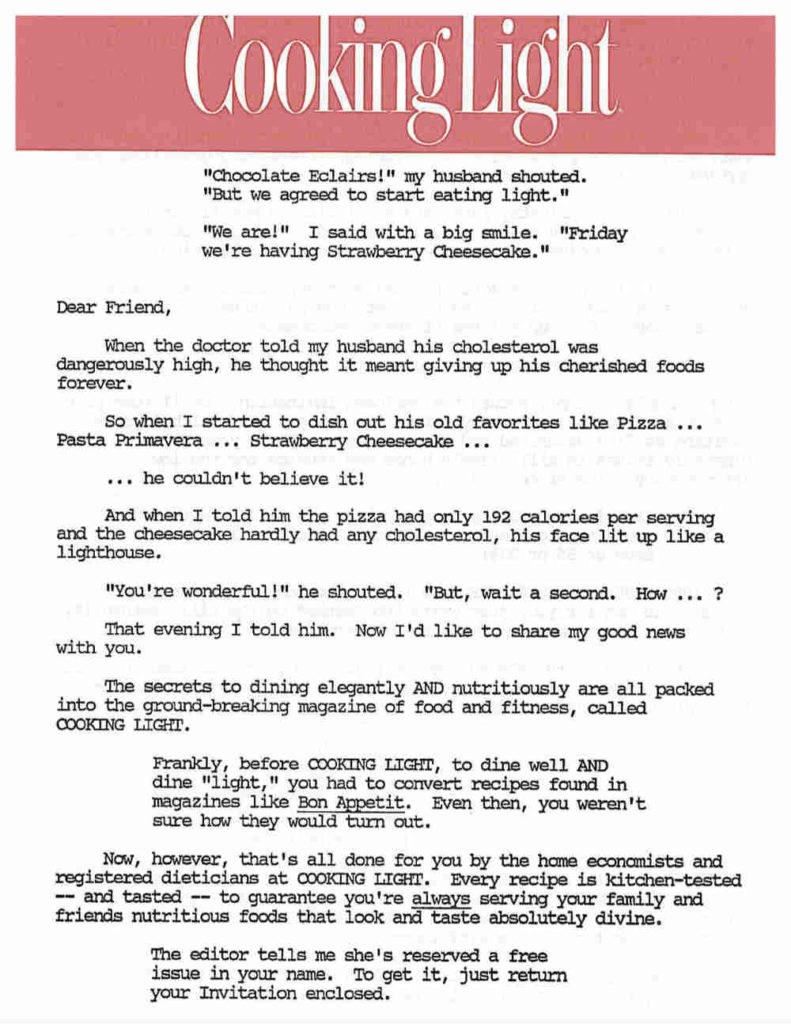
This Cooking Light sales letter example is effective because of two reasons. Firstly, readers who have health issues can relate to the story, which encourages them to read more. Secondly, the call to action is very casual yet confident and straightforward.
4. Newsweek
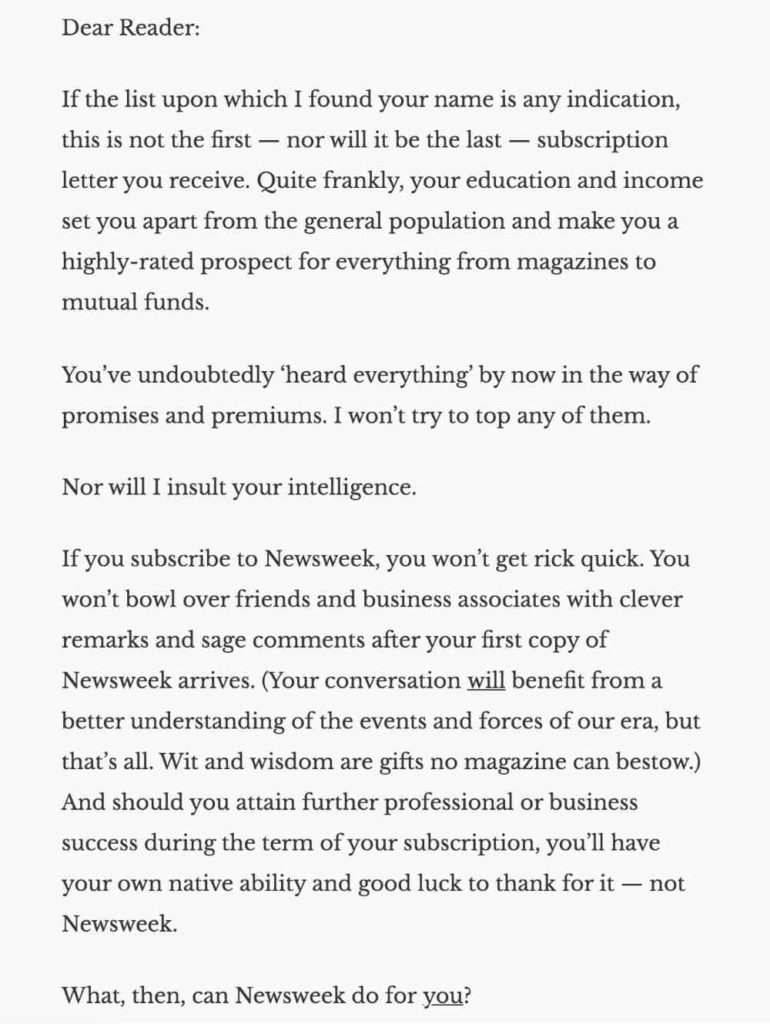
This Newsweek sales letter example starts its letter with flattery and ends with a great offer, plus a refund! The overall tone of this letter is also witty and thought-provoking.
5. The Wall Street Journal
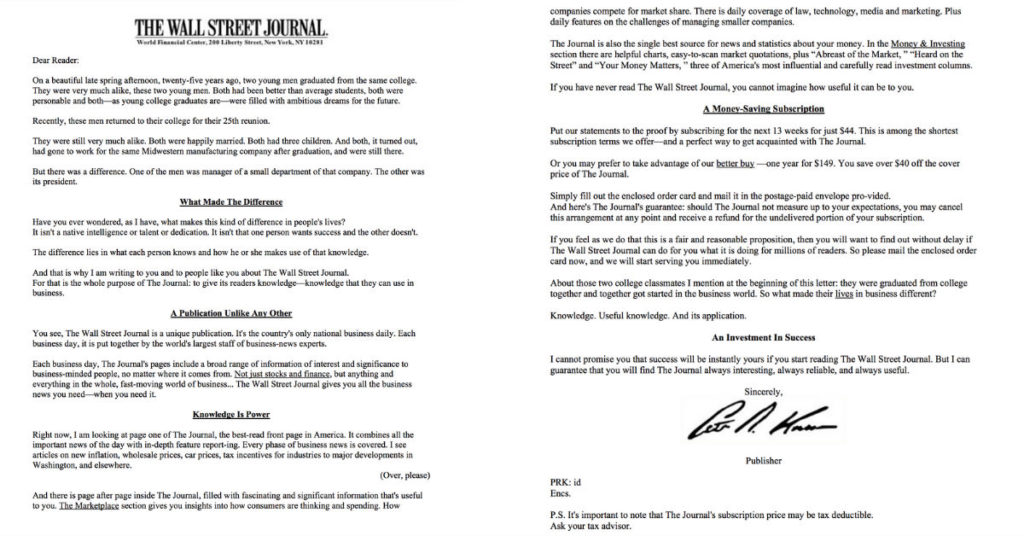
The company sold $2 billion worth of subscriptions by starting with a story that ignites their readers’ emotions. From there, they emphasize the various benefits of subscribing to The Wall Street Journal by breaking the letter into multiple sections. Lastly, they end the letter by offering a trial and stating a conclusion for the story mentioned in the first part.
6. More
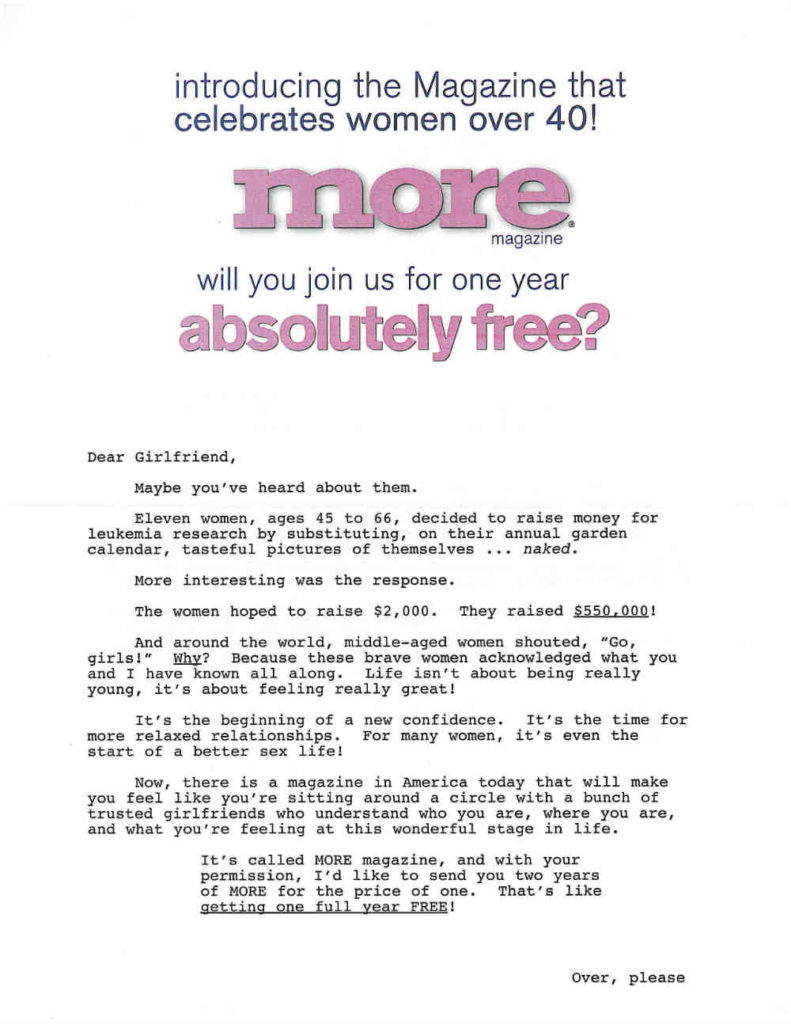
More writes this sales letter with their audience in mind. They claim that subscribing to More is like sitting in a circle and talking with your girlfriends. But the most strategic tactic here is the power of free. If the word “free” isn’t eye-catching enough, they make the font bold and heavy to make it more captivating.










